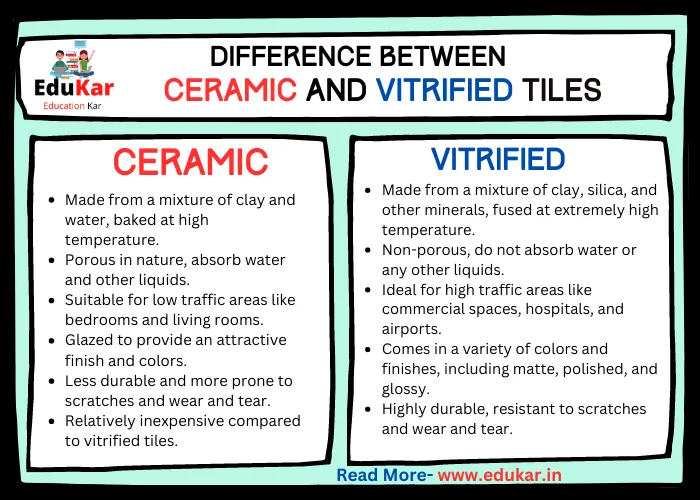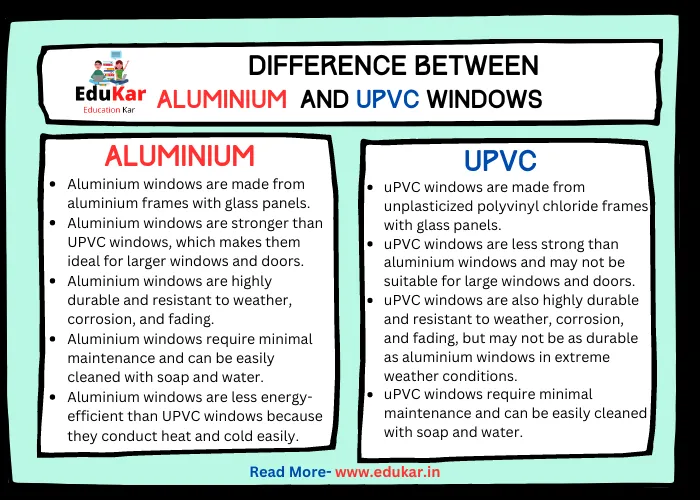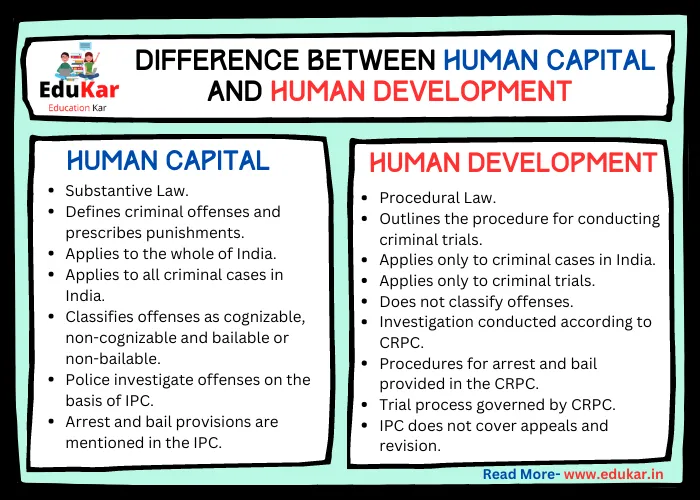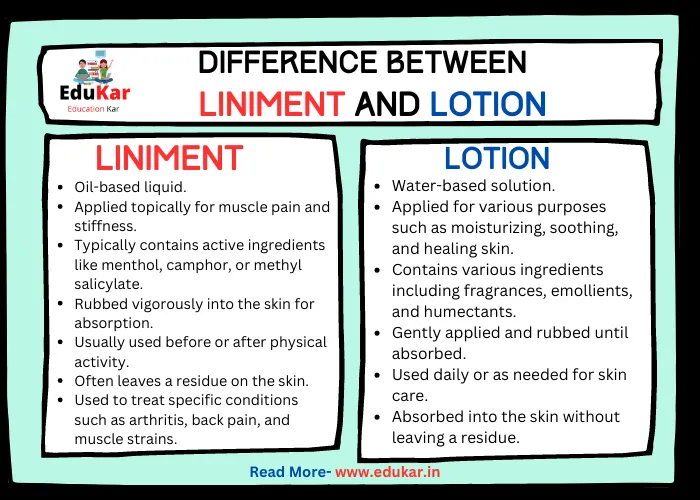Contents
- 1 Introduction
- 2 Ceramic Tiles
- 3 Vitrified Tiles
- 4 Differences between Ceramic and Vitrified Tiles
- 5 Advantages and Disadvantages of Ceramic and Vitrified Tiles
- 6 Choosing between Ceramic and Vitrified Tiles
- 7 Maintenance and Care of Ceramic and Vitrified Tiles (Tips)
- 8 Summary
- 9 FAQs
- 9.1 What are Ceramic Tiles?
- 9.2 What are Vitrified Tiles?
- 9.3 What is the difference between ceramic and vitrified tiles?
- 9.4 Are vitrified tiles more expensive than ceramic tiles?
- 9.5 Which is better for outdoor use, ceramic or vitrified tiles?
- 9.6 Can ceramic and vitrified tiles be used interchangeably?
- 9.7 Are ceramic and vitrified tiles easy to clean?
- 9.8 Which tiles are better for kitchen countertops, ceramic or vitrified tiles?
Discover the key differences between ceramic and vitrified tiles in this informative article by Edukar. Learn about their properties, durability, maintenance, and price to help you make an informed decision for your flooring needs.

Introduction
Tiles are an essential part of any building or construction project. They come in various materials, sizes, shapes, and designs, making it a challenging task to choose the right one for your space. Ceramic and vitrified tiles are two popular tile options for interior and exterior applications. Understanding the difference between these two types of tiles is crucial when deciding which one to choose for your project.
Also Read: Difference Between Formal and Informal Garden
Ceramic Tiles
Ceramic tiles are made of natural clay materials mixed with water, minerals, and other additives. They are molded into various shapes and sizes, then fired in a kiln to harden and solidify. Ceramic tiles are available in glazed or unglazed finishes, and they come in different textures, patterns, and colors. They are a popular choice for flooring, walls, backsplashes, and countertops in residential and commercial spaces.
Properties and Characteristics:
- Ceramic tiles are affordable compared to other tile options.
- They are porous and absorb water, which makes them prone to stains and damage.
- They are less durable than other tile options and can chip or crack easily.
- They come in various sizes and shapes and can be cut to fit any space.
Vitrified Tiles
Vitrified tiles are made of a combination of clay, silica, and other minerals that are mixed and fired at a high temperature, creating a glass-like surface. They have a uniform texture and are denser and more durable than ceramic tiles. Vitrified tiles are available in a variety of finishes, including matte, glossy, and rustic, and they come in a wide range of colors and designs. They are commonly used for flooring in high-traffic areas, including offices, malls, and airports.
Properties and Characteristics:
- Vitrified tiles are denser and more durable than ceramic tiles, making them resistant to scratches, stains, and damage.
- They have a low water absorption rate, making them ideal for wet areas.
- They come in various finishes, including matte, glossy, and rustic.
- They are available in various sizes, shapes, and designs.
Also Read: Difference Between Aluminium and uPVC Windows
Differences between Ceramic and Vitrified Tiles
| Ceramic Tiles | Vitrified Tiles |
|---|---|
| 1. Made from a mixture of clay and water, baked at high temperature. | 1. Made from a mixture of clay, silica, and other minerals, fused at extremely high temperature. |
| 2. Porous in nature, absorb water and other liquids. | 2. Non-porous, do not absorb water or any other liquids. |
| 3. Suitable for low traffic areas like bedrooms and living rooms. | 3. Ideal for high traffic areas like commercial spaces, hospitals, and airports. |
| 4. Glazed to provide an attractive finish and colors. | 4. Comes in a variety of colors and finishes, including matte, polished, and glossy. |
| 5. Less durable and more prone to scratches and wear and tear. | 5. Highly durable, resistant to scratches and wear and tear. |
| 6. Relatively inexpensive compared to vitrified tiles. | 6. More expensive than ceramic tiles. |
| 7. Can be cut and shaped easily. | 7. Difficult to cut and shape due to their hardness. |
| 8. Needs regular cleaning and maintenance. | 8. Requires less maintenance and easy to clean. |
| 9. Absorbs dirt and stains easily. | 9. Resistant to dirt and stains. |
| 10. Not suitable for outdoor use due to their porous nature. | 10. Can be used for outdoor areas due to their non-porous nature. |
Advantages and Disadvantages of Ceramic and Vitrified Tiles
Advantages of Ceramic Tiles:
- Affordable compared to other tile options.
- Available in various sizes, shapes, and designs.
- Can be customized to fit any space.
Disadvantages of Ceramic Tiles:
- Prone to stains and damage.
- Less durable than other tile options.
- Unsuitable for wet areas.
Advantages of Vitrified Tiles:
- Denser and more durable than ceramic tiles.
- Low water absorption rate, making them ideal for wet areas.
- Resistant to scratches and stains.
- Available in various finishes and designs.
Disadvantages of Vitrified Tiles:
- More expensive than ceramic tiles.
- Difficult to cut and install.
- May have a slippery surface when wet.
Choosing between Ceramic and Vitrified Tiles
When deciding between ceramic and vitrified tiles, several factors need to be considered, including:
1. Budget: Ceramic tiles are more affordable than vitrified tiles, making them a suitable option for those on a tight budget.
2. Durability: Vitrified tiles are denser and more durable than ceramic tiles, making them a better choice for high-traffic areas.
3. Water Resistance: Vitrified tiles have a low water absorption rate, making them a suitable option for wet areas.
4. Appearance: Both ceramic and vitrified tiles come in a wide range of colors and designs, so personal preferences and the desired aesthetic should be taken into account.
Also Read: Difference Between Hotel and Restaurant
Maintenance and Care of Ceramic and Vitrified Tiles (Tips)
Proper maintenance and care are essential for the longevity of both ceramic and vitrified tiles. Here are some dos and don’ts:
- Clean spills immediately to prevent stains and damage.
- Use a mild detergent and a soft cloth to clean the tiles.
- Avoid using abrasive cleaners or scrubbers that can scratch the surface.
- Do not use bleach or ammonia-based cleaners.
- Apply a sealant to protect the tiles from stains and damage.
- Use a doormat to prevent dirt and debris from scratching the tiles.
Summary
Choosing between ceramic and vitrified tiles can be a challenging task, but understanding the differences between the two can help make an informed decision. Ceramic tiles are affordable and versatile but less durable than vitrified tiles. Vitrified tiles are more expensive but more durable and resistant to scratches and stains.
Proper maintenance and care are essential for both types of tiles to ensure their longevity and appearance. Ultimately, the choice between ceramic and vitrified tiles comes down to personal preferences, budget, and the specific requirements of the space.
FAQs
What are Ceramic Tiles?
Ceramic tiles are made of clay that has been fired at a high temperature. They are usually glazed and can be used for both wall and floor applications.
What are Vitrified Tiles?
Vitrified tiles are made by fusing silica and clay at very high temperatures to create a non-porous material that is hard, strong and scratch-resistant. They are commonly used for flooring applications.
What is the difference between ceramic and vitrified tiles?
The main difference between ceramic and vitrified tiles is the manufacturing process. Ceramic tiles are made of clay and fired at a lower temperature than vitrified tiles. Vitrified tiles are made by fusing silica and clay at very high temperatures, which makes them more durable and stronger than ceramic tiles. Vitrified tiles are also more resistant to water and stains than ceramic tiles.
Are vitrified tiles more expensive than ceramic tiles?
Yes, vitrified tiles are usually more expensive than ceramic tiles because of their manufacturing process and their higher durability and strength.
Which is better for outdoor use, ceramic or vitrified tiles?
Vitrified tiles are generally better for outdoor use because they are more durable and resistant to water and stains. Ceramic tiles can be used for outdoor applications, but they are more susceptible to cracking and fading over time.
Can ceramic and vitrified tiles be used interchangeably?
It depends on the specific application. Vitrified tiles are generally stronger and more durable than ceramic tiles, so they may be a better choice for high-traffic areas like hallways or commercial spaces. However, ceramic tiles may be more appropriate for residential spaces or areas that do not experience heavy foot traffic.
Are ceramic and vitrified tiles easy to clean?
Both ceramic and vitrified tiles are relatively easy to clean. However, vitrified tiles are more resistant to stains and require less maintenance than ceramic tiles.
Which tiles are better for kitchen countertops, ceramic or vitrified tiles?
Vitrified tiles are usually a better choice for kitchen countertops because they are more durable and resistant to stains and scratches. Ceramic tiles can be used for kitchen countertops, but they may require more maintenance and are more susceptible to damage over time.
















